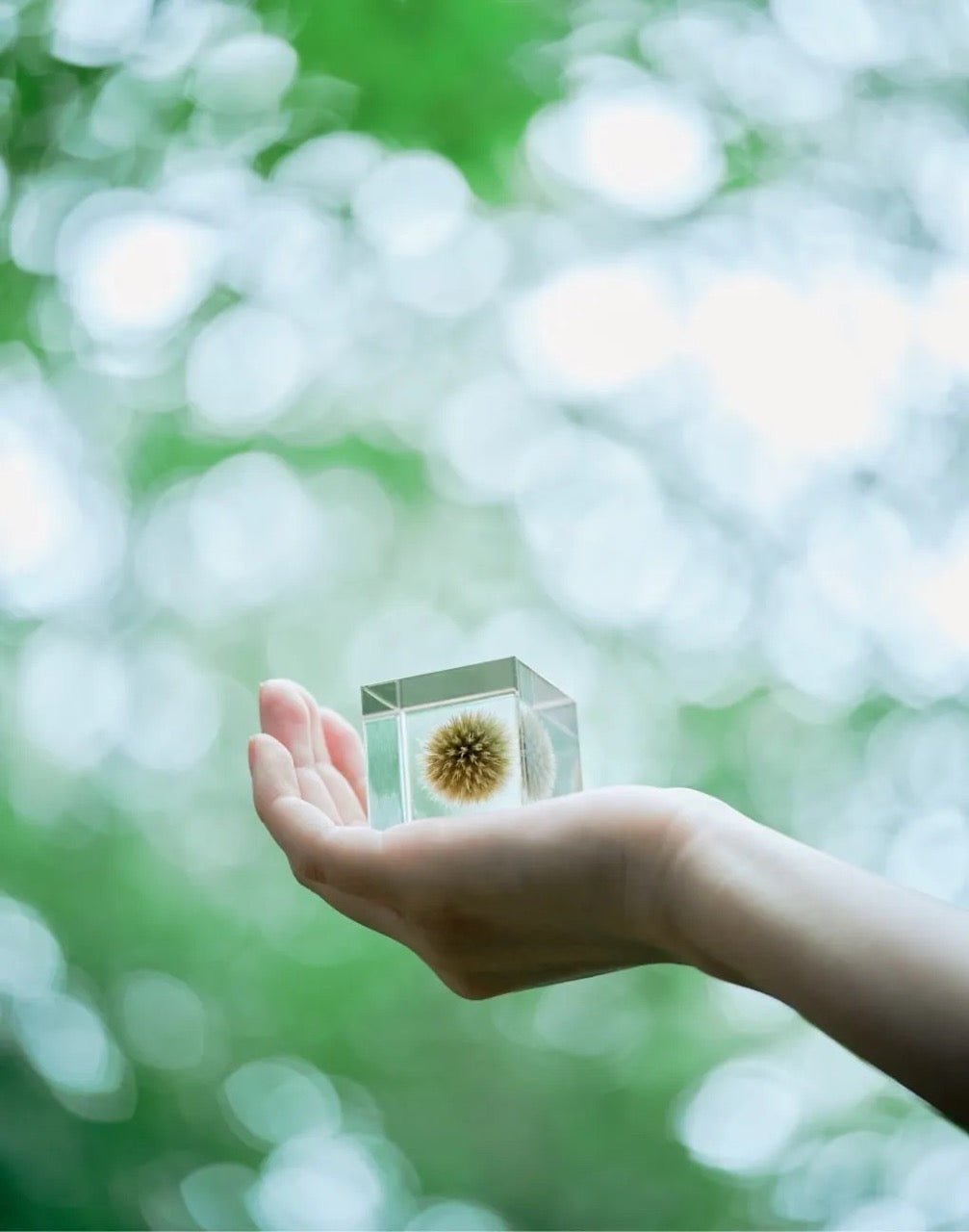It can be difficult to say something new about Rei Kawakubo - her iconic brand, Comme des Garcons, is a household name all over the world. Tokyo-born and stubbornly unconventional, Kawakubo's design philosophy is in many ways at the heart of Tortoise. Her attention to detail, commitment to the value of beautiful design, and focus on each part of product production have inspired Tortoise since before we opened our doors in 2003.

More often than any other object, Tortoise customers often come to the store to show us their Comme des Garcon wallet, practically falling apart after many, many years of affectionate use. Always excitedly looking for a replacement, we admire the loyalty of CDG customers.

Rei Kawakubo is notoriously private. Instead of answering questions about her personal life, she always directs the press back to her work.






Kawakubo is known today for making sculpture like, outlandish runway shows. Her work has even been exhibited at the Metropolitan Museum of Art. However, Kawakubo does not identify as an artist. She is adamant that her work is tied to the market - each piece is an act of business tied to the goal of creating a long lasting relationship with the wearers of her clothes.

“Fashion is not art. You sell art to one person. Fashion also comes in a series and it is a more social phenomenon. It is also something more personal and individual, because you express your personality. It is an active participation; art is passive.”

Kawakubo works with her pattern-makers very closely - she sends them drawings and ideas and then visits regularly to monitor the production and hands-on design. She has described her pattern-makers as a guild that she leads, directs, and inspires. This goes beyond the physical aesthetics of each piece - Kawakubo is a highly conceptual thinker, and operates perhaps more closely as a Zen master deeply engaged in leading a koan curriculum.

“I like to work with space and emptiness.”

Kawakubo's fashion shows are often abstract and experimental. In many ways her aesthetic embodies wabi sabi, full of appreciation for asymmetry, irregularity, imperfection, and decay.

These high-fashion cerebral concepts are often married to incredible practicality and simplicity in Kawakubo's ready-to-wear objects, including our series of clutches, wallets, and leather pouches. Their simple statements are powerful on their own.

“I want something that can be crumpled and squeezed into one’s bag by day, unrumpled and worn at night. Without make-up.”

Kawakubo's constant gender-play and rejection of traditional or male-oriented femininity is on full display in her fragrance ollection, launched in 1994. "CDG eau de parfum" was the first fragrance launched.

Since then CDG has been famous for unisex, unconventional scents. The same way Kawakubo wrestles with abstract concepts in her clothing, she is also at play with her fragrances, trying to capture the essence of an early morning walk, the energy of construction, or the scent of a particular color.

“My objective is to create new ways of looking at beauty, new paths to strength.”




